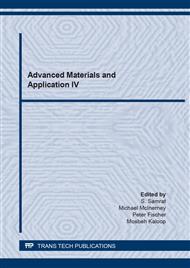p.3
p.9
p.17
p.23
p.47
p.53
p.61
p.69
Rotational-Moulded Building Blocks for the Circular Economy
Abstract:
Throughout the combination of unique approaches on innovative polymer composites and rotational moulding plastics processing technique, we developed a building block using a mix of recycled and virgin plastic. This block was a technical case study from a multidisciplinary approach - comprising materials science, polymers processing and design - to reinsert recycled plastics in the Circular Economy. The aim was to produce a three-dimensional interlockable block, combining unique design and unconventional materials to create an emblematic building element. We investigated the composition and availability of local plastic waste, as well as other waste-stream materials – concrete waste, red mud, hemp fibre, sugarcane bagasse. We prepared a range of composites and blends to test their prospective aspect and processability. To simulate the end-result of a rotationally-moulded part, we prepared samples of the blends in an oven. The thermal analysis showed that all materials were thermally stable at the processing temperature of the virgin polymer in rotomoulding, around 200 °C. There were an evident LLDPE continuous-phase and a recyclate dispersed-phase. We also explored the aesthetic effect of scattering particles of colour in the mixes. The impact test showed better results for the polyethylene-based recyclates if compared to polypropylene and poly (ethylene terephthalate) ones. We concluded that waste materials could be revalued into something practical and reproducible, produced by rotational moulding plastics processing. And we developed a viable and innovative potential product for the Circular Economy, requiring minimal fixing and no further external finishing.
Info:
Periodical:
Pages:
17-22
Citation:
Online since:
August 2021
Price:
Сopyright:
© 2021 Trans Tech Publications Ltd. All Rights Reserved
Share:
Citation:


